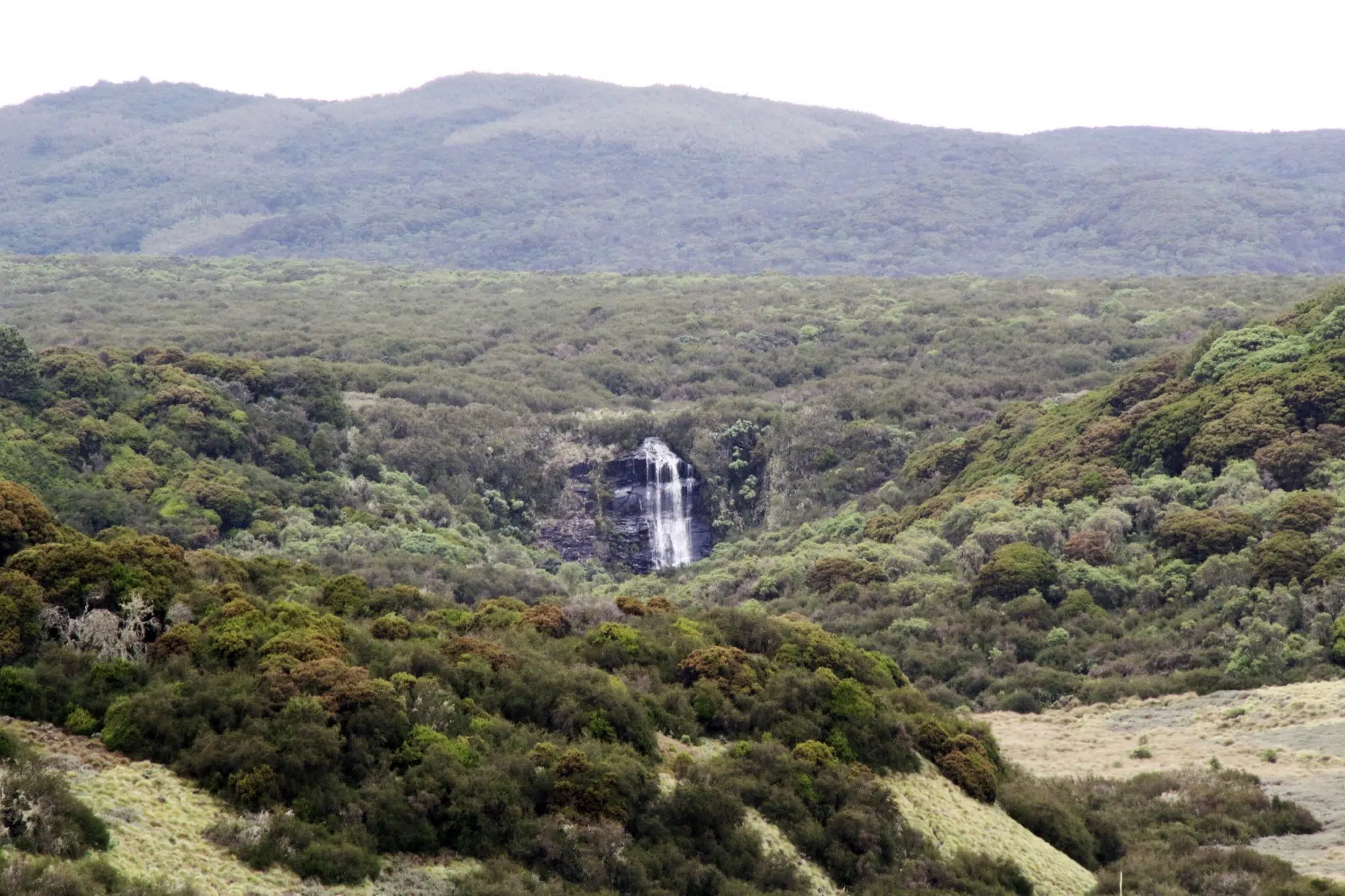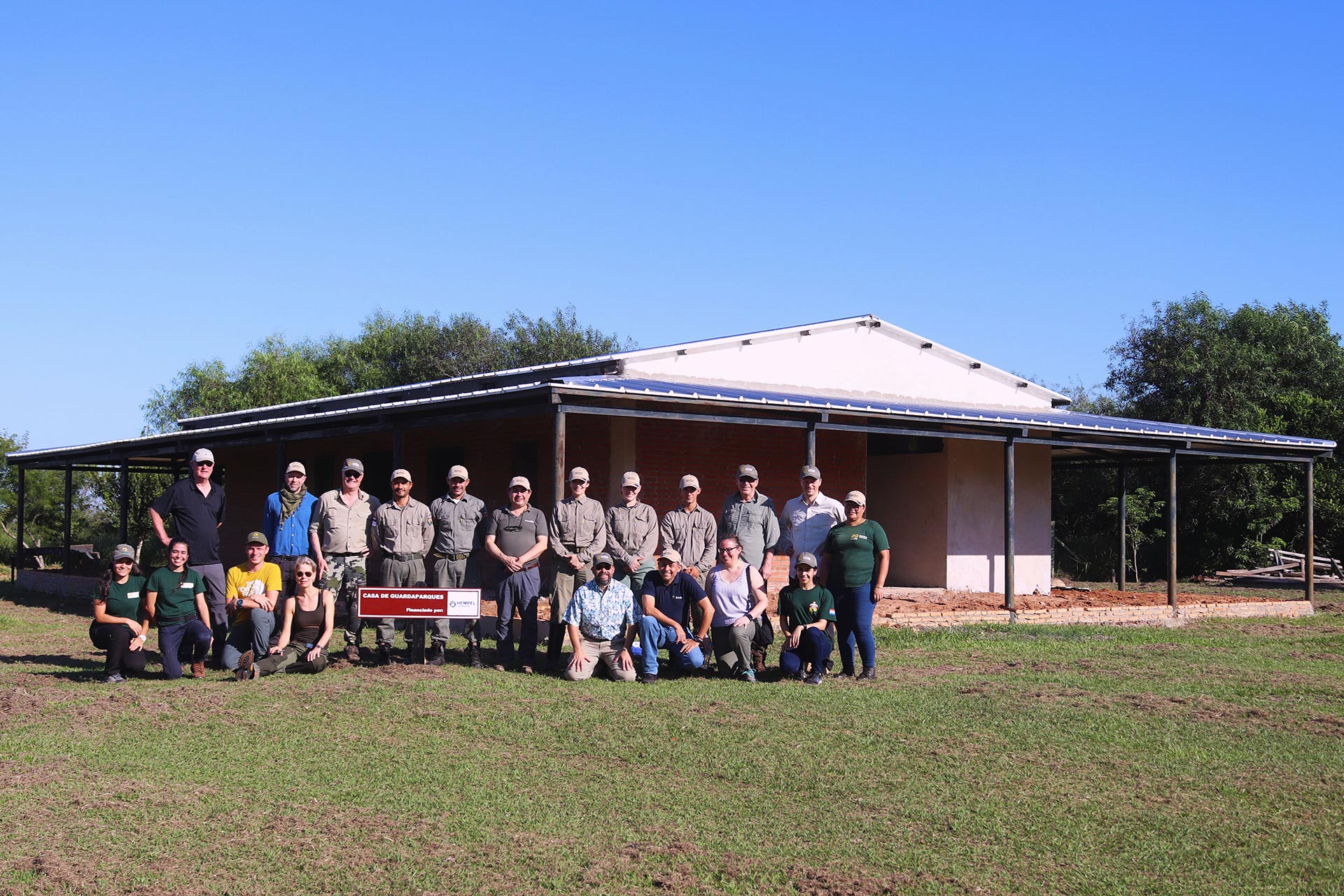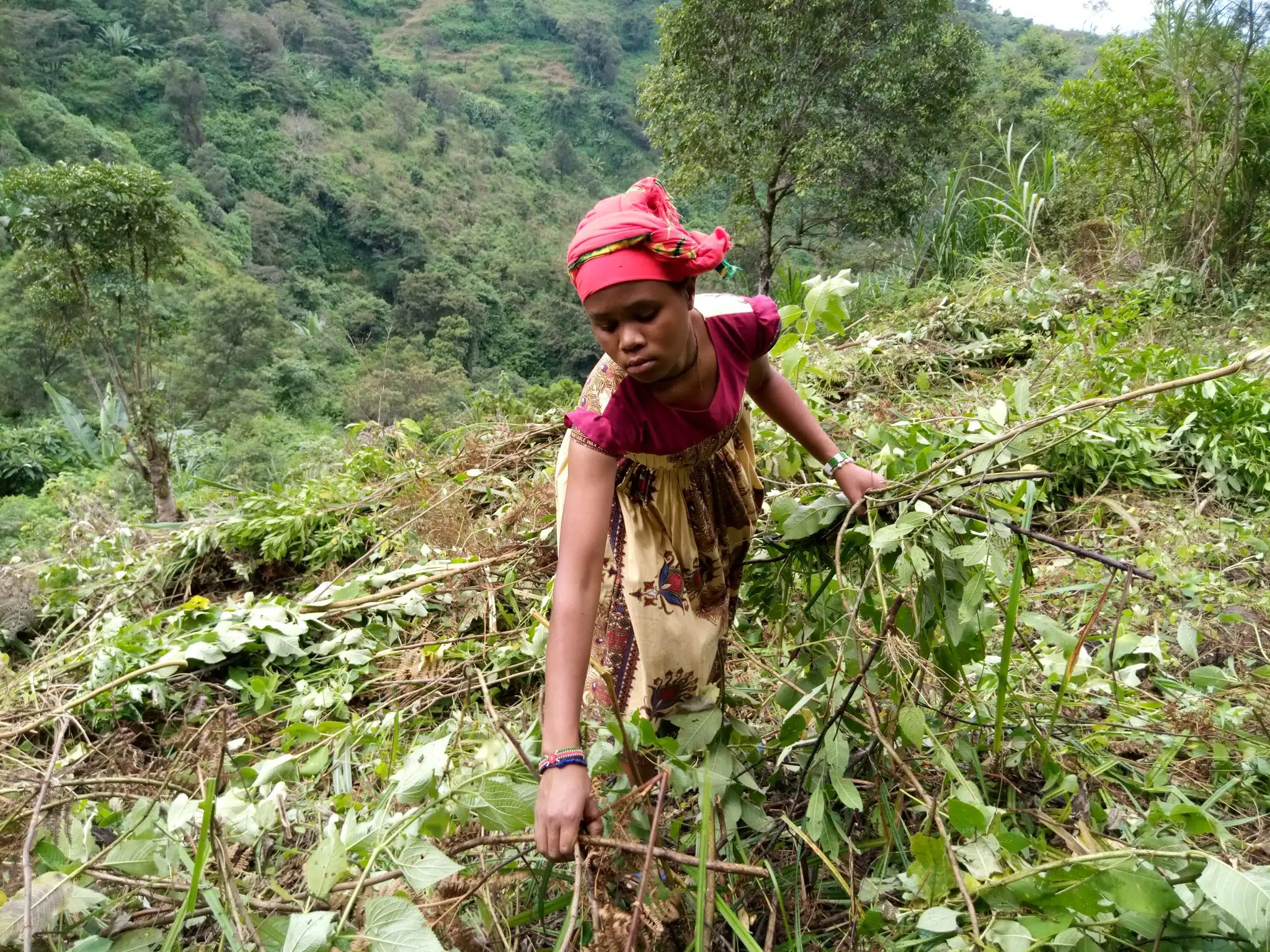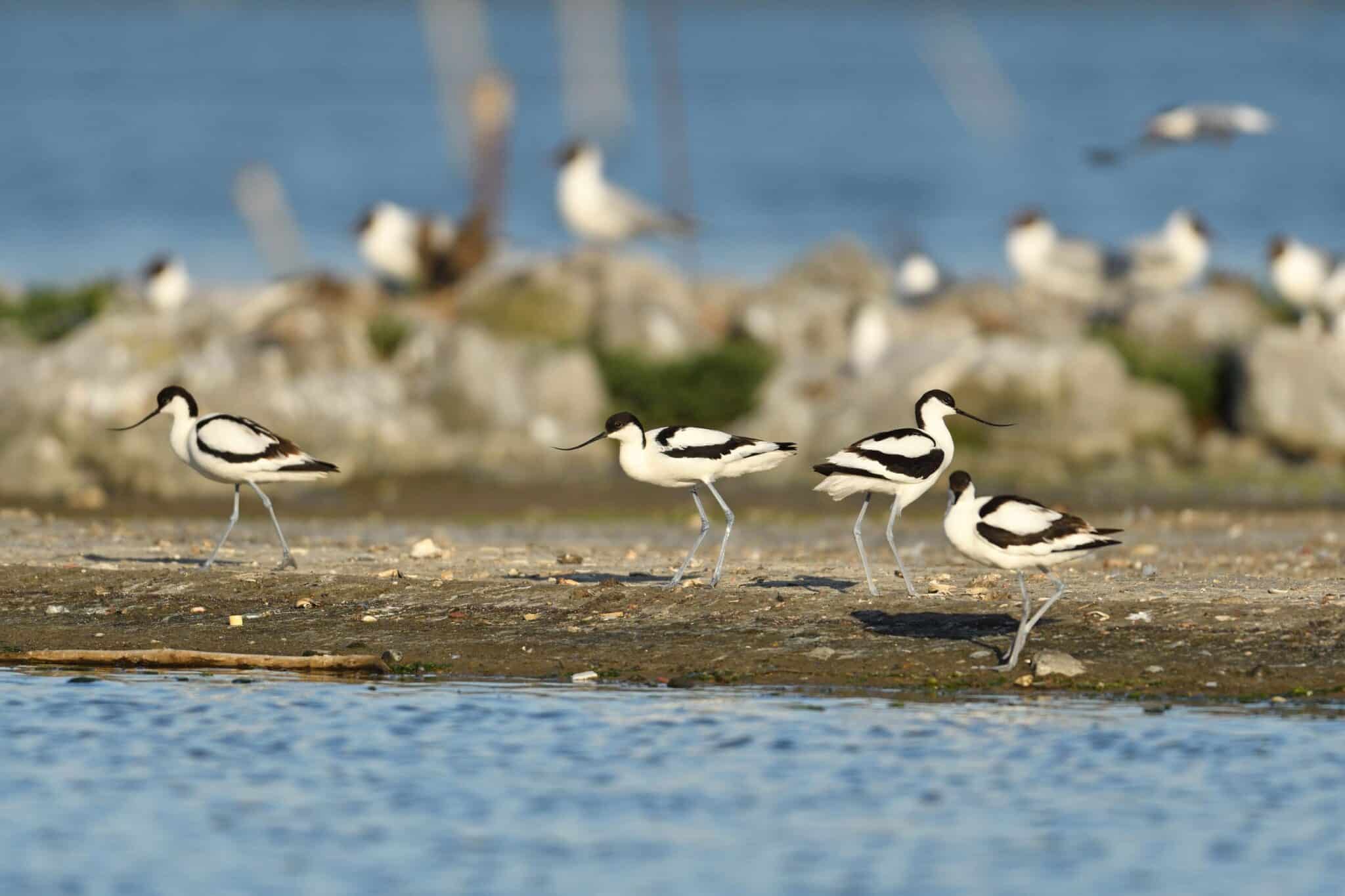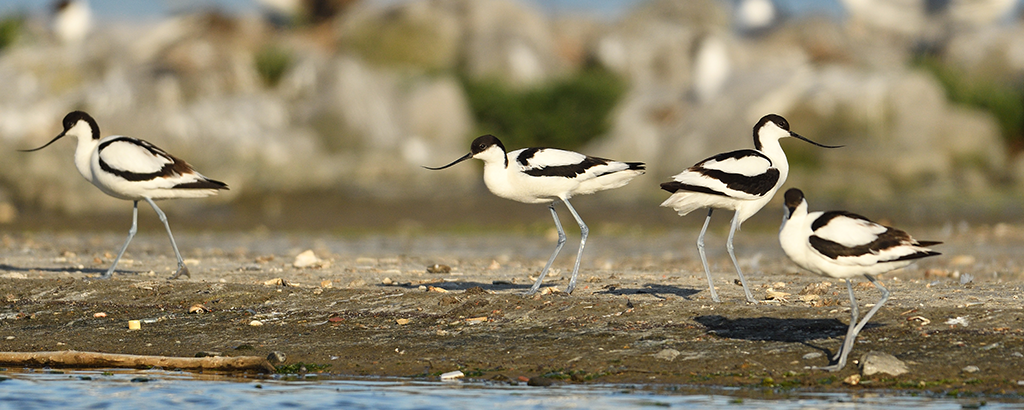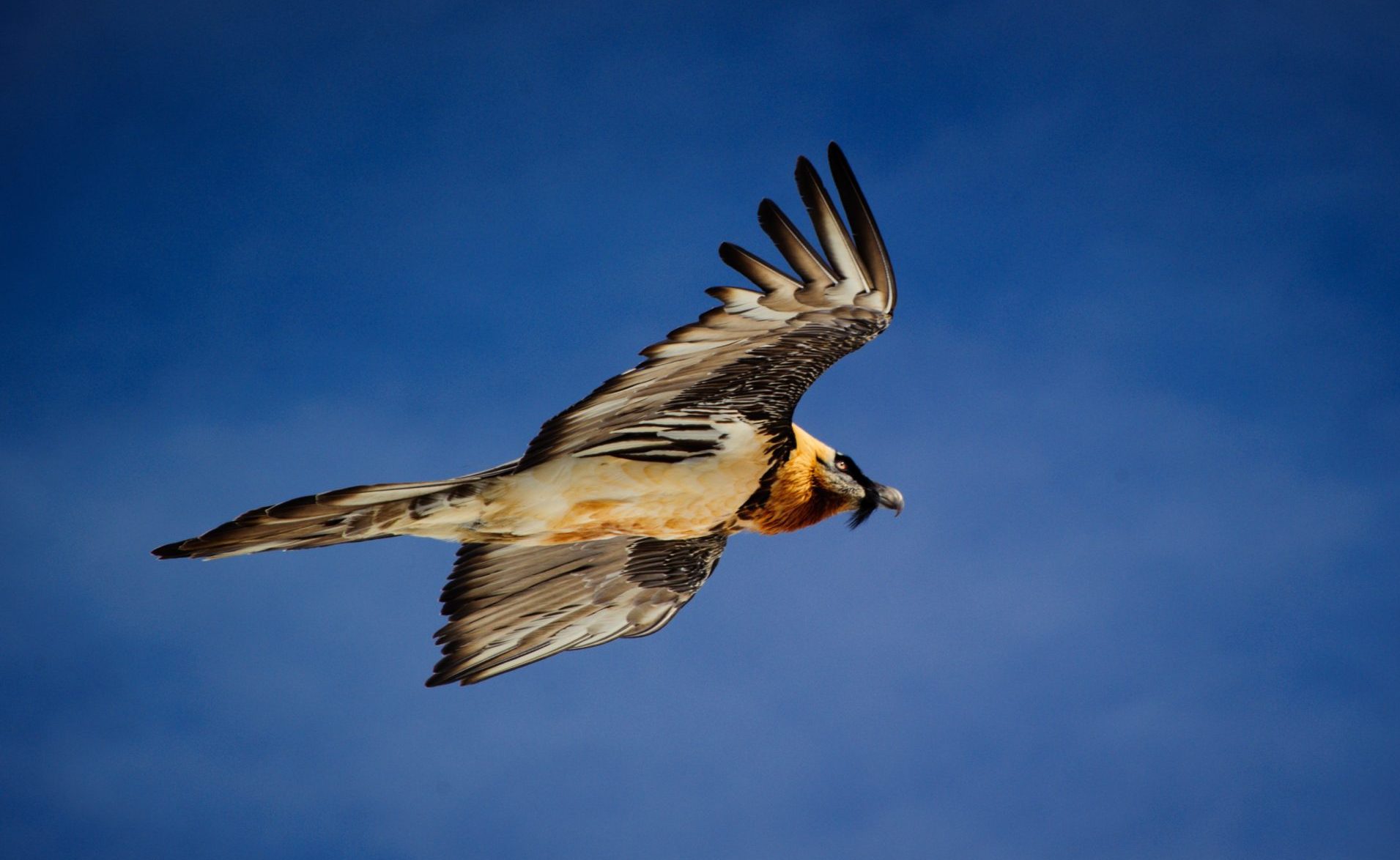Every year, some 50 million waterbirds of over 200 different species migrate to the opposite end of the earth, travelling along the East Asian-Australasian Flyway – one of the world’s eight major bird migration superhighways. Stretching from Siberia and Alaska to Australia and New Zealand, the flyway connects a chain of coastal wetlands spanning 20+ countries, providing vital habitats where shorebirds can stop to feed, rest and refuel before continuing on the next leg of their journey.
But these habitats don’t just benefit migratory birds. As well as hosting a thriving variety of other plants and animals, they also absorb vast amounts of carbon, helping to fight climate change. For the 200 million people that live in and around them, these wetlands are a lifeline. Every year, they protect the coast from the impacts of flooding, sea level rise and storm surges, and provide food, employment and recreation.
In the face of ongoing land reclamation, urbanisation and pollution, it is essential that these vital habitats and the services they provide are preserved – and this is a challenge that BirdLife is uniquely placed to tackle. With our globe-spanning Partnership structure, we have decades of experience linking together conservation organisations along flyways, working alongside local communities to develop solutions, and embedding nature conservation into a country’s government and economic frameworks.
Today, we have the historic opportunity to scale up our ongoing work thanks to the launch of the Regional Flyways Initiative: a partnership between the Asian Development Bank, BirdLife and the East Asian-Australasian Flyway Partnership to secure at least $3 billion for wetlands conservation along this flyway. The initiative was launched at the Convention on Biological Diversity’s Conference of the Parties in Kunming, China, where the world’s nations are developing a new global framework to protect nature. It is the perfect example of the kind of all-encompassing approach needed in the coming decades.
“As we rebuild from the pandemic, we must seize the opportunity to secure a green, resilient, and inclusive future,” says Masatsugu Asakawa, president of the Asian Development Bank. “Our Flyway-wide approach is a great example of how we can do this through strong international cooperation. The Asian Development Bank is proud to lead on efforts like this, with a blended approach that brings together effective public and private finance.”
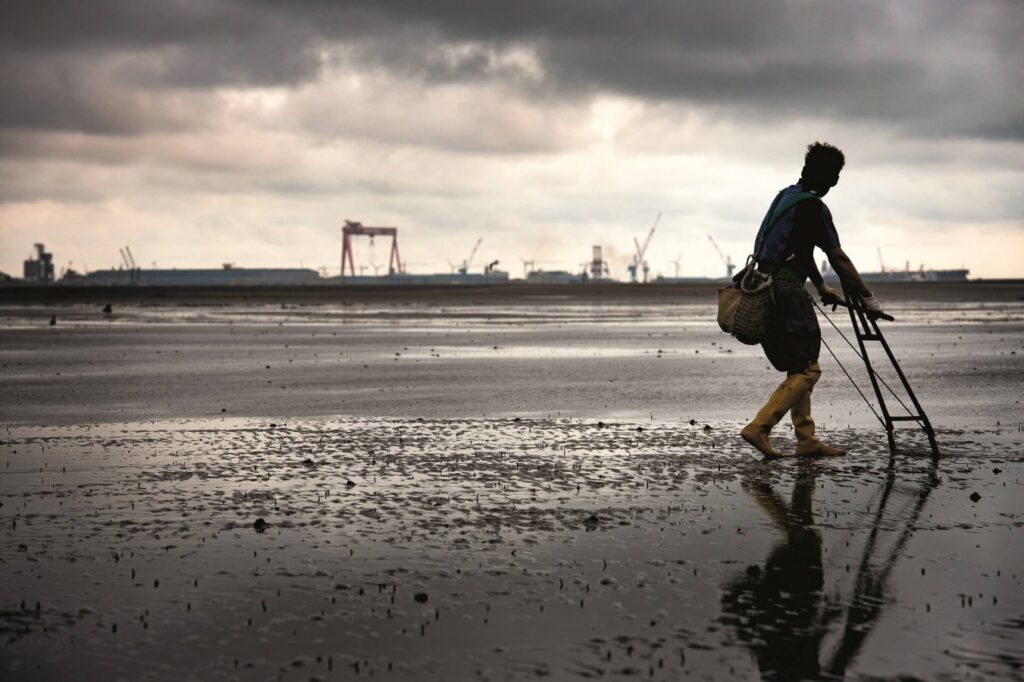
So what will this look like? Initially, the initiative aims to focus on protecting 50 priority coastal wetlands along the flyway. Conservation and habitat restoration activities will be funded using an innovative blended financial model that will mobilise investments from multiple private foundations, government bodies and regional development banks, making sure nature is integrated into the financial structures of the region. The project will actively involve local communities in all stages of design and execution, making special efforts to include women, indigenous people, and youth.
A pilot project in Yancheng Wetlands, China shows the scale of success that can be achieved by this approach. When the Jiangsu Yancheng Wetlands Protection Project began, more than half of the wetlands had been destroyed or degraded by human threats such as urbanisation, pollution, poaching and invasive species. With financing from the Asian Development Bank and the Global Environment Facility, the project supported the protection and management of two nature reserves and two forest farms, and provided sustainable employment opportunities for over 2,900 people in the area, including nature-friendly farming, fishing and ecotourism. 45 square kilometres of wetlands were restored, allowing waterbird populations to skyrocket by 365% in the Rare Bird Nature Reserve core zone. Building on foundations laid by this project, in 2019 the Yancheng Wetlands were listed as a UNESCO World Heritage natural site in July 2019.
With this exciting new opportunity, the future is looking a lot brighter – and not for just for the East Asian-Australasian Flyway.
Patricia Zurita, BirdLife’s CEO, says: “With the planet at a tipping point from the biodiversity and climate emergencies, this type of innovative, integrated, large-scale and broad approach is commensurate to the challenges… the conservation and financial framework we are establishing in this initiative will be scaled up and capable of being applied to the planet’s other important flyways.”
“With the planet at a tipping point from the biodiversity and climate emergencies, this type of innovative, integrated, large-scale and broad approach is commensurate to the challenges… the conservation and financial framework we are establishing in this initiative will be scaled up and capable of being applied to the planet’s other important flyways.”Patricia Zurita, BirdLife’s CEO
Related news
Stay up to date
Sign up to receive the latest bird conservation news. You’ll also receive updates about our projects, science and other ways to get involved including fundraising.
Thank you for your support, we are committed to protecting your personal information and privacy. For more information on how we use your data, please see our Privacy Policy. You can unsubscribe from emails at any time by using the link in the footer of any email from us.


By Willem van Den Bossche, Senior Flyway Conservation Officer for Europe & Central Asia
Why does this matter? This law will reduce the annual death of an estimated one million waterbirds which currently die of lead poisoning in the EU, and halt the extreme poisoning of wetland wildlife. It will save millions of lives.
Lead shot consists of tiny round bullets that hunters spray out of their rifles to kill animals. They use it to hunt waterbirds and other small animals, in wetlands and elsewhere. It is estimated that hunters pollute our wetlands with more than 20,000 tonnes of lead shot every single year, despite the existence of alternatives.
Lead shot is particularly problematic for waterbirds which ingest lead pellets, mistaking them for grit: small particles of stone or sand. Birds swallow small bits of grit to act like teeth in the gizzard, a specialized stomach constructed of thick, muscular walls used for grinding up food. The grit helps to break down hard foods, such as seeds.
The lead ban will also decrease the secondary poisoning of raptors and scavengers, which are regularly poisoned while eating prey contaminated with lead shot. And beyond birds, this new law will improve the general health of our natural environment, by preventing lead from poisoning wetlands.
When it comes to banning poison, delay means death
While the lead shot ban is very welcome news, the amount of time it took to obtain it is simply outrageous. Lead’s impact on waterbirds, and the need to ban and remove lead from nature, has been known for decades by hunters and conservationists alike. AEWA, the Agreement on the Conservation of African-Eurasian Migratory Waterbirds – an intergovernmental treaty administered by the UN – has been working towards a ban on the use of toxic lead ammunition since it was established some 25 years ago. As a matter of fact, AEWA’s Contracting Parties (82 countries, including the EU and its Member States) were supposed to have phased out the use of lead ammunition in wetlands by the year 2000!
We’re now in 2021. As approximately one million waterbirds are killed via lead shot poisoning each year; this means that the two decades long delay has resulted in the killing of around 20 million waterbirds. Twenty million. For nothing. And we’re not even talking about the horrifying poisoning of all other forms of wildlife.
This pointless, entirely avoidable massacre was only made possible by the skilful tactics of delay employed by the hunting-weapons industry and parts of the hunting lobby.Half a century ago, the fossil fuel industry knew about the devastating impacts of greenhouse gas emissions on the climate, and put all their might into delaying any form of regulation. This is a very similar situation: the hunting-weapons industry has known about the horror caused by lead ammunition for decades, and has chosen a strategy of delay.
So, while we celebrate the ever-closer end of such pointless death and destruction; our leaders must learn a lesson: when it comes to ending causes of intense harm, delay means death. Our decision-makers must recognise the tactics of delay which are employed by the opponents of the living; and follow science in a timely manner. In fact, whether we’re talking about ending lead shot in wetlands, the use of fossil fuels, harmful agricultural subsidies, or burning forests for energy; protecting the living always requires quick and decisive action.
ECHA, The European Chemicals Agency, has recently assessed the health and environmental risks posed by lead projectiles in hunting and outdoor sports shooting, as well as lead used in fishing sinkers and lures. The Agency concluded that an EU-wide restriction would be justified. We are ready to support ECHA in their search of information in the coming months; and we count on our decision makers to act swiftly to protect the natural world and human health. Lead must go. Time is not on our side.
